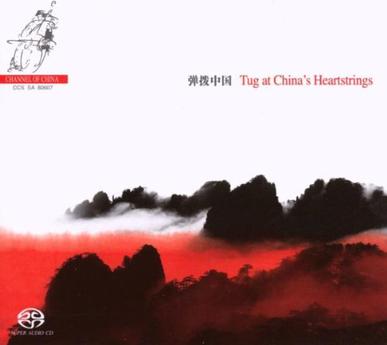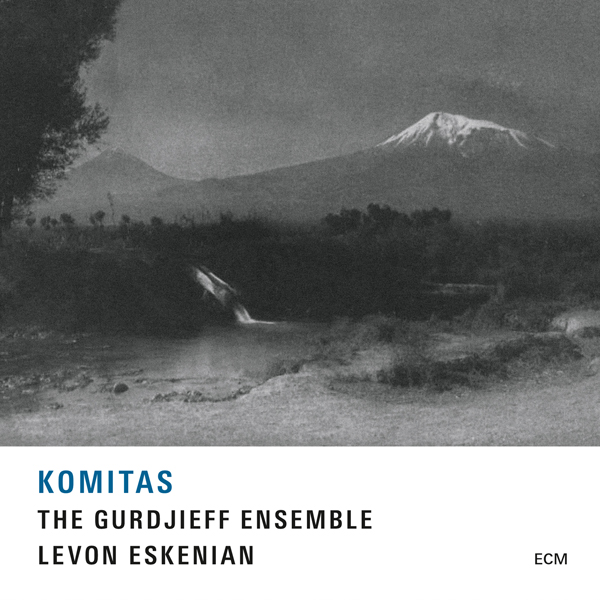
Levon Eskenian, The Gurdjieff Ensemble – Komitas (2015)
FLAC (tracks) 24 bit/96 kHz | Time – 00:57:40 minutes | 1,01 GB | Genre: World
Official Digital Download – Source: Q0buz | Digital booklet | @ ECM Records GmbH
Recorded: February, 2015, Auditorio Stelio Molo RSI, Lugano
The Armenian Gurdjieff Folk Instruments Ensemble was founded by Levon Eskenian to play ‘ethnographically authentic’ arrangements of the G.I. Gurdjieff/Thomas de Hartmann piano music. Their debut album on ECM, Music of G.I. Gurdjieff, was widely acclaimed, and won an Edison Award as Album of the Year in 2012. Now Eskenian and his musicians turn their attention to the music of Komitas Vardapet (1869-1935). Composer, ethnomusicologist, arranger, singer and priest, Komitas is popularly held to be the founder of contemporary music in Armenia, and in his work as a collector he explored the connections that uniquely bind together Armenian sacred and secular music. With their special focus on folk instrumentation and inspired arrangements the Ensemble illuminates the deep roots of Komitas’s compositions in this programme recorded in Lugano in February 2015.
Komitas Vardapet (1869-1935) is revered by Armenians as a songwriter. But he was also a composer, singer, poet, ethnomusicologist, and collector of folk songs. Because of his ability to bring traditional Armenian music into a contemporary context he is often referred to as the father of modern Armenian music. His compositional practice involved selecting the most interesting variants of traditional melodies and rhythmic patterns as source material, recasting them into formal compositions while remaining true to the spirit and style of the originals. For this recording The Gurdjieff Folk Instruments Ensemble under director Levon Eskenian has rearranged Komitas compositions for an ensemble of folk instruments, as they did with the music of Gurdjieff on their debut recording Music of Georges I. Gurdjieff (ECM, 2011).
So it is a kind of reverse engineering, imagining what this music might have sounded like when first heard in traditional performance. The double reed duduk will be familiar to many World Music fans through the playing of Djivan Gasparyan. It plays a prominent role here, often in the traditional pairs. Other wind instruments include: pogh (a flute); zurna (another double reed instrument, with a more piercing sound than the duduk); and pku (a single reed instrument). String instruments: oud (a lute); kanon (a zither); santur (a dulcimer played with hammers); tar (a long necked string instrument played with a plectrum); and kamancha (a bowed string instrument played vertically, resting on the player’s knee). Finally, the percussion section: tmbuk (a large double-headed bass drum played with wooden sticks); dhol (a small double-headed drum, slung across the upper body, played with wooden sticks); dap (a frame drum); burvar (a censer with jingles); and kshots (a silver plate with jingles).
Many of these instruments are used across the Middle East (often with alternate spellings). As in common performance practice in the area, the arrangements include various instrumental combinations with the ten players in the ensemble, from solos and duets up to larger groupings. None of the selections here employs the entire list, although “Msho Shoror” (the longest track) comes close. The arrangements were informed by references to traditional instruments Komitas made in the scores, and in some cases by recordings of Komitas himself performing them.
There are many moods here, but the dance is perhaps most prominent. “Msho Shoror” comprises seven dance sections, each with its own character, with the final martial section being one of the most striking. “Yot Par” is also a group of seven dances. The remaining selections include odes and folk songs. It would certainly not be necessary to know any of these details to enjoy Komitas. It’s a beautiful, inviting look into a distinctly Armenian sound world. A companion recording of Komitas’s music for piano played by Lusine Griogoryan (to be released in 2016) was made at the same time as this one, including many of the same compositions. It will be fascinating to compare the two. -Mark Sullivan, All About Jazz
Tracklist:
1. Zulo 03:04
2. Mani Asem, Tsaghik Asem 01:48
3. Msho Shoror 11:54
4. Havun 04:54
5. Mankakan Nvag XII 02:19
6. Lorva Gutanerg 02:30
Yot Par (Seven dances)
7. Manushaki of Vagharshapat 02:53
8. Shushiki of Vagharshapat 01:39
9. Unabi of Shushi 01:43
10. Marali of Shushi 01:20
11. Yerangui of Yerevan 03:28
12. Het u Araj of Karin 02:46
13. Karno Shoror 05:10
14. Hov Arek 03:32
15. Gutane Hats Em Berum 01:08
16. Hoy Nazan 01:46
17. Havik 02:25
18. Akna Oror 03:21
The Gurdjieff Folk Instrument Ensemble:
Emmanuel Hovhannisyan: duduk, zurna, pku
Avag Margaryan: pogh, zurna
Armen Ayvazyan: kamancha
Aram Nikoghosyan: oud
Meri Vardanyan: kanon
Vladimir Papikyan: santur, voice
Davit Avagyan: tar
Mesrop Khalatyan: dap, dhol
Norayr Gapoyan: duduk, bass duduk
Eduard Harutyunyan: tmbuk, cymbal, bell, kshots, burvar
Levon Eskenian: director
Download:
mqs.link_LevnEskenianTheGurdjieffEnsembleKmitas2015Qbuz2496.part1.rar
mqs.link_LevnEskenianTheGurdjieffEnsembleKmitas2015Qbuz2496.part2.rar



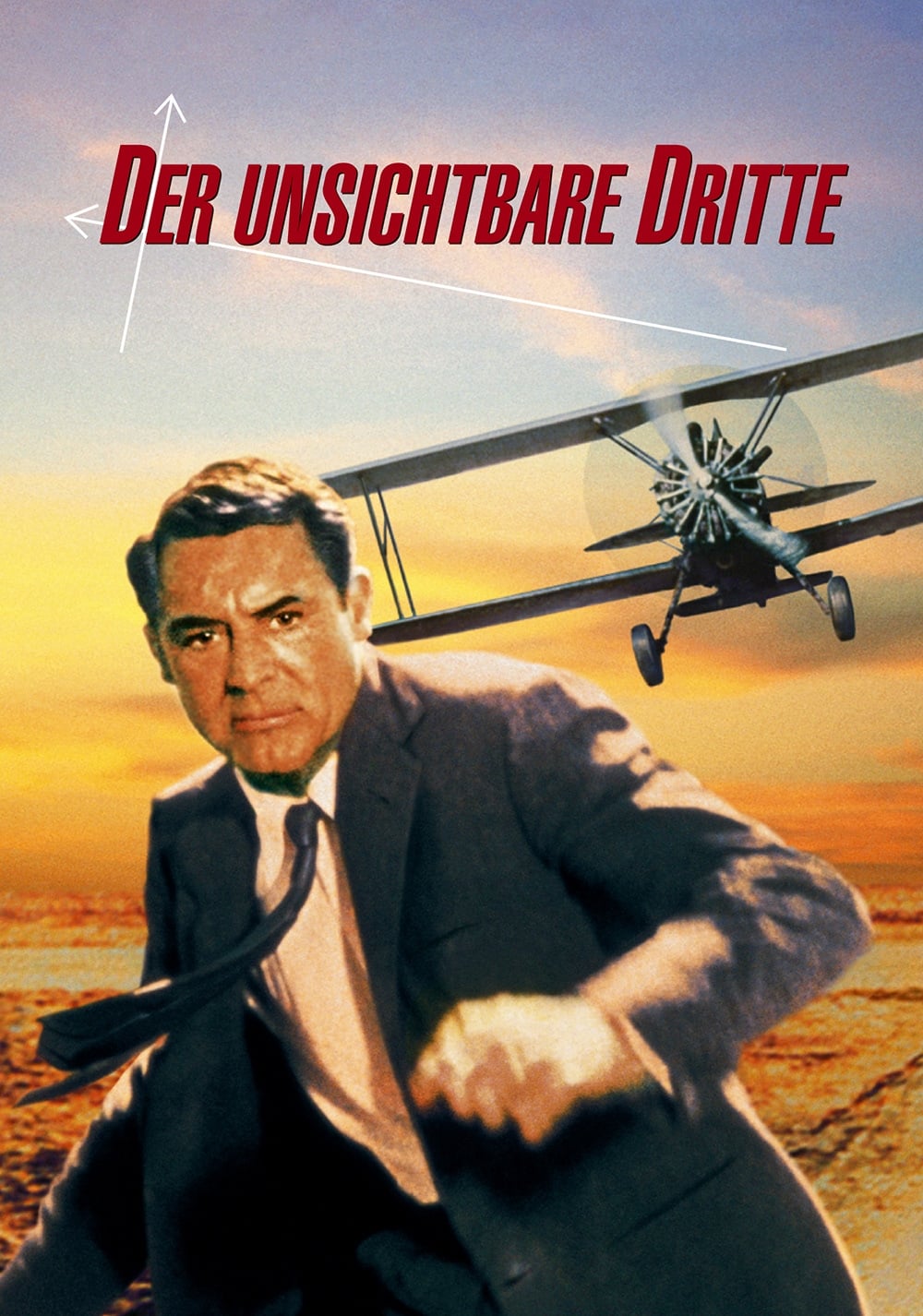
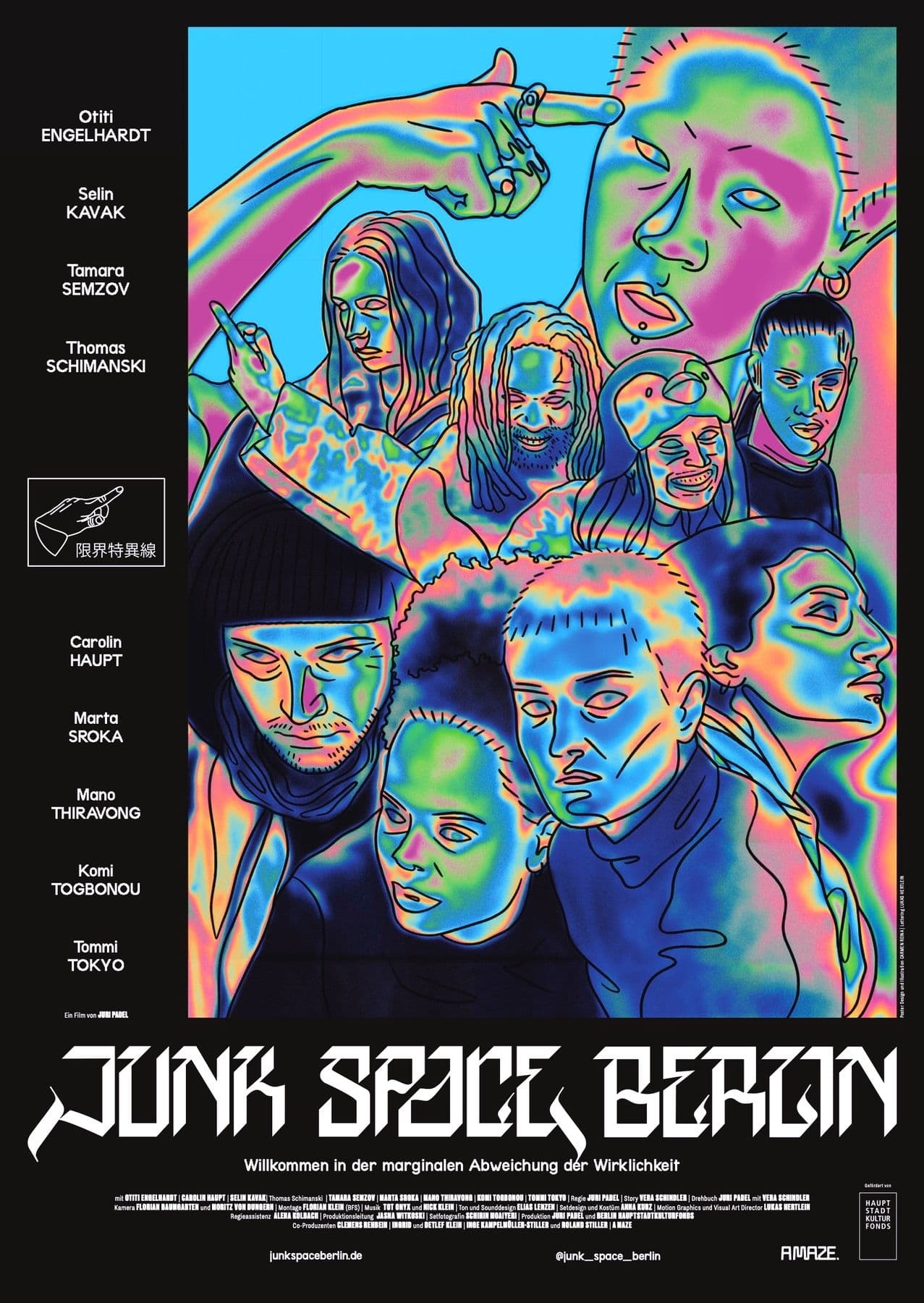





![The Gurdjieff Ensemble, Levon Eskenian - Zartir (2023) [FLAC 24bit/48kHz] The Gurdjieff Ensemble, Levon Eskenian - Zartir (2023) [FLAC 24bit/48kHz]](https://imghd.xyz/images/2023/12/08/tvuwtl9diq0ha_600.jpg)
![Anna Garano, Anais Tekerian - Ansahman (2016) [nativeDSDmusic DSF DSD64/2.82MHz + FLAC 24bit/88,2kHz] Anna Garano, Anais Tekerian - Ansahman (2016) [nativeDSDmusic DSF DSD64/2.82MHz + FLAC 24bit/88,2kHz]](https://getimg.link/images/imgimgimg/uploads/2018/01/VHwnAJK.jpg)
![Savina Yannatou, Primavera en Salonico - Songs Of Thessaloniki (2015) [HDTracks FLAC 24bit/96kHz] Savina Yannatou, Primavera en Salonico - Songs Of Thessaloniki (2015) [HDTracks FLAC 24bit/96kHz]](https://getimg.link/images/imgimgimg/uploads/2019/06/u86N9EO.jpg)
![Benedicte Maurseth, Asne Valland Nordli - Over Tones (2014) [Qobuz FLAC 24bit/96kHz] Benedicte Maurseth, Asne Valland Nordli - Over Tones (2014) [Qobuz FLAC 24bit/96kHz]](https://getimg.link/images/imgimgimg/uploads/2018/01/sAYsCDH.jpg)
![Robert Len - iLenKa (2012/2013) [HighResAudio FLAC 24bit/88,2kHz] Robert Len - iLenKa (2012/2013) [HighResAudio FLAC 24bit/88,2kHz]](https://getimg.link/images/imgimgimg/uploads/2017/10/hXh1mjG.jpg)
![Tinariwen - Emmaar (2014) {Deluxe Edition} [Qobuz FLAC 24bit/96kHz] Tinariwen - Emmaar (2014) {Deluxe Edition} [Qobuz FLAC 24bit/96kHz]](https://getimg.link/images/imgimgimg/uploads/2018/01/7frD6zO.jpg)
![Shye Ben Tzur, Jonny Greenwood & the Rajasthan Express - Junun (2015) [FLAC 24bit/48kHz] Shye Ben Tzur, Jonny Greenwood & the Rajasthan Express - Junun (2015) [FLAC 24bit/48kHz]](https://getimg.link/images/imgimgimg/uploads/2018/11/ERqAm0V.jpg)
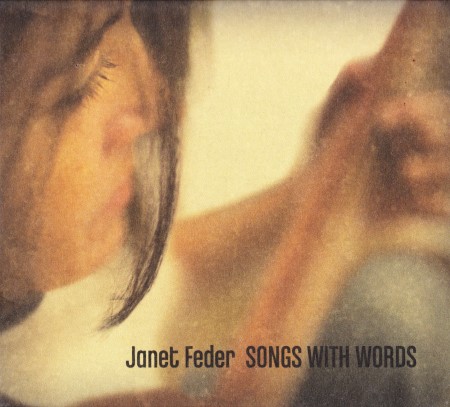
![Catrin Finch, Seckou Keita - SOAR (2018) [FLAC 24bit/48kHz] Catrin Finch, Seckou Keita - SOAR (2018) [FLAC 24bit/48kHz]](https://getimg.link/images/imgimgimg/uploads/2018/09/K9Xf6Fo.jpg)
![Buena Vista Social Club - Lost And Found (2015) [Qobuz FLAC 24bit/44,1kHz] Buena Vista Social Club - Lost And Found (2015) [Qobuz FLAC 24bit/44,1kHz]](https://getimg.link/images/imgimgimg/uploads/2017/10/MdVW4zB.jpg)
![Tony Allen - Film Of Life {Deluxe Version} (2014) [Qobuz FLAC 24bit/44,1kHz] Tony Allen - Film Of Life {Deluxe Version} (2014) [Qobuz FLAC 24bit/44,1kHz]](https://getimg.link/images/imgimgimg/uploads/2017/09/NhB8wEG.jpg)
![Lawson Rollins - Espirito (2010) [HDTracks FLAC 24bit/88,2kHz] Lawson Rollins - Espirito (2010) [HDTracks FLAC 24bit/88,2kHz]](https://getimg.link/images/imgimgimg/uploads/2017/10/2opcrNl.jpg)
![Dead Can Dance - Anastasis (2012) [FLAC 24bit/44,1kHz] Dead Can Dance - Anastasis (2012) [FLAC 24bit/44,1kHz]](https://getimg.link/images/imgimgimg/uploads/2019/11/0Aobr.jpg)
![Titi Robin - Taziri (2015) [Qobuz FLAC 24bit/44,1kHz] Titi Robin - Taziri (2015) [Qobuz FLAC 24bit/44,1kHz]](https://getimg.link/images/imgimgimg/uploads/2016/11/AcfMZy2.jpg)
